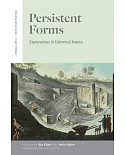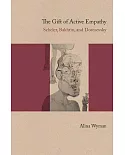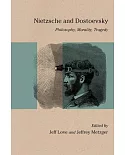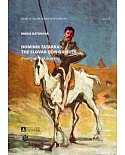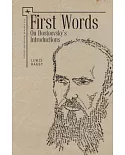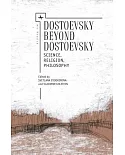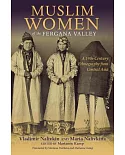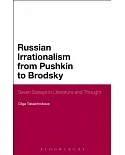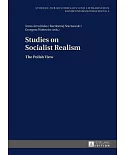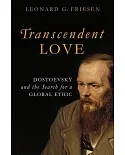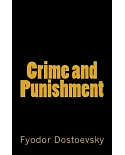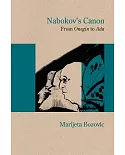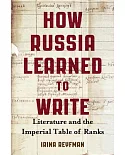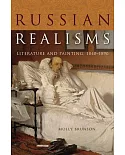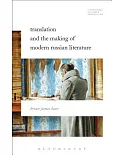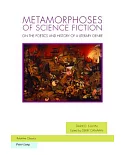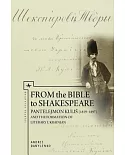"Real" demons do rear their heads in Dostoevsky's writing; but what of the demonic more broadly interpreted such as the unclean forces--so diffuse, ugly, and ubiquitous--found throughout
Russian folklore, in Christian demonology, and in the demon-figure of European Romanticism? These are the "demonic markers" that William J. Leatherbarrow traces through Dostoevsky's fiction,
with a view to discovering the cultural genealogy, nature, and significance of these inscriptions. Whether found in the voices of particular characters or those of the narrator and implied
author, these demonic markers contaminate much of the narrative terrain of Dostoevsky's major fiction. They also, as Dostoevsky scholar Leatherbarrow clearly demonstrates, function as a
coherent semiotic system and serve as a rhetoric through which that fiction mediates its most pressing ideological and artistic concerns.
In fresh, often surprising readings of Dostoevsky's individual works, Leatherbarrow shows how such a "language" articulates a series of concerns linked to views expressed elsewhere--in
Dostoevsky's journalism and letters--on the question of Russia's relationship to Western Europe. His study also explores the narrative and generic implications of the way Dostoevsky inscribes
the demonic in his fictional works--implications that point to a new understanding of familiar concepts in the work of this Russian master. Highly original, deftly argued and written,
Leatherbarrow's work offers Dostoevsky specialists and general readers alike an opportunity to rediscover and reassess the rich complexities of some of the world's greatest literature.


